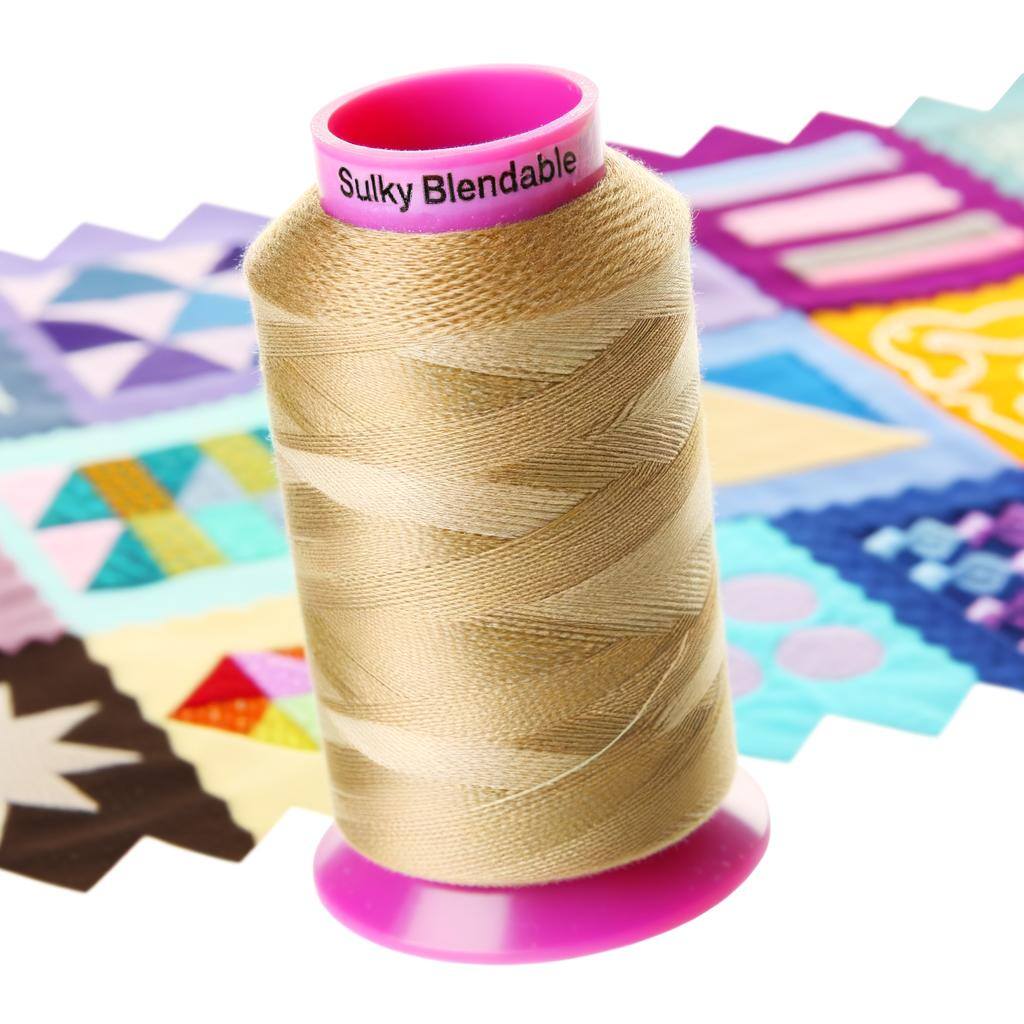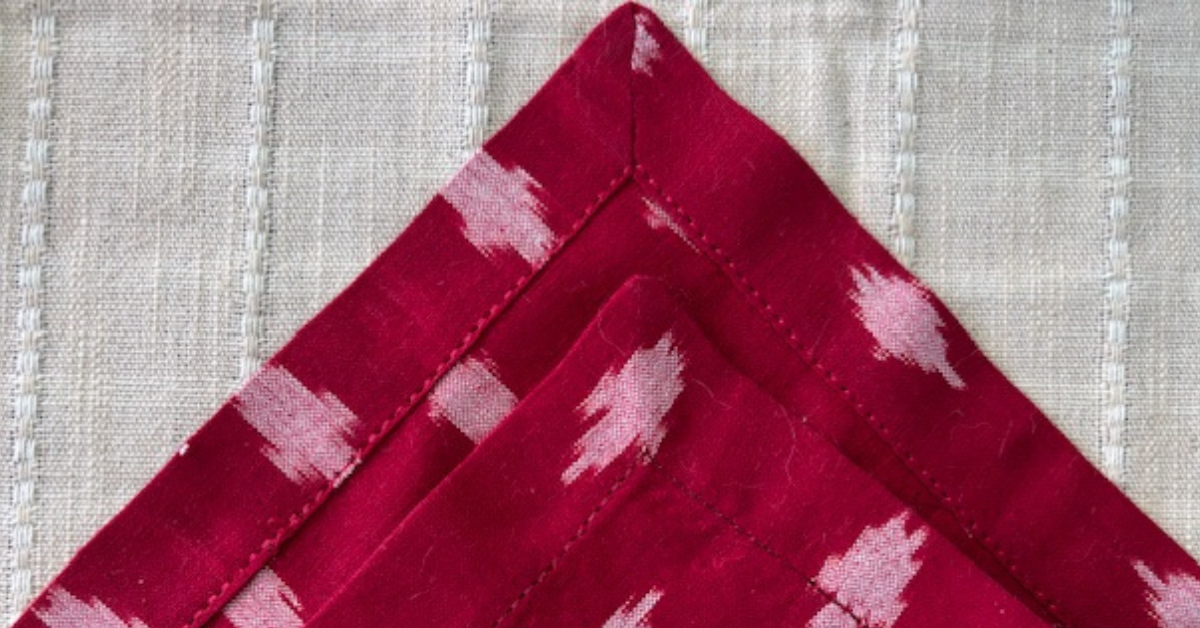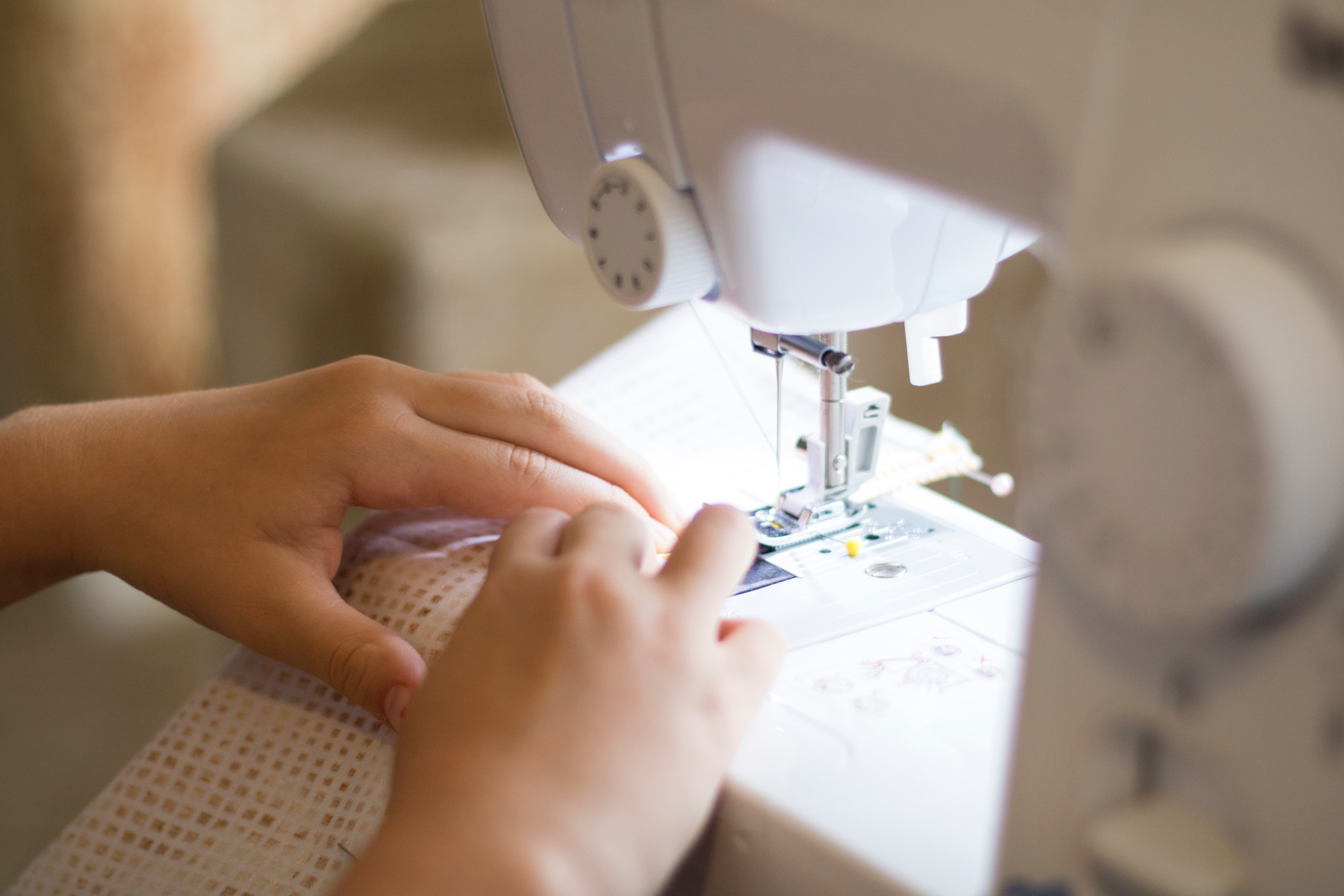Finding the Perfect Sewing Machine Needle: The Key to Perfect Stitches
When it comes to sewing, your tools make all the difference, and one of the most important tools in your arsenal is the sewing machine needle. Whether you’re a seasoned sewist or just starting out, understanding how to choose and care for your needles can save you time, frustration, and money. Let’s dive into why the perfect sewing machine needle matters and how it can transform your projects.
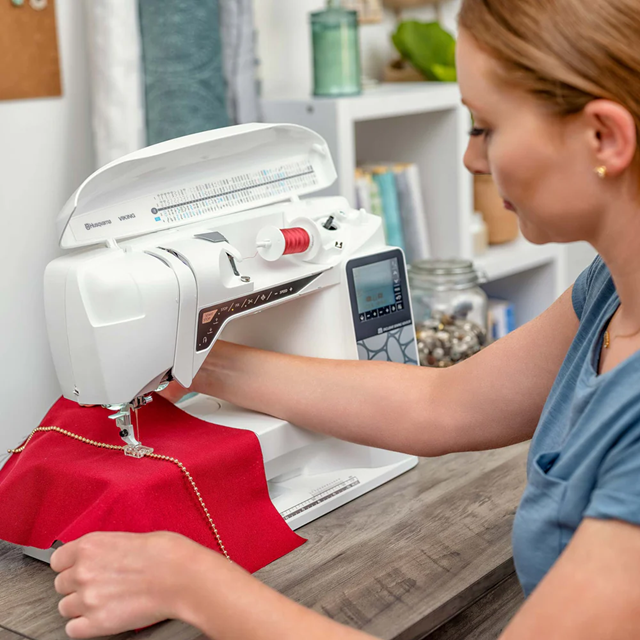
The Benefit of Using a New Needle
We’ve all been tempted to keep using the same needle for project after project, but here’s the truth: a fresh needle can make a world of difference. Over time, needles become dull, bent, or even develop microscopic burrs that can damage your fabric and lead to skipped stitches or uneven seams.
A new needle:
-
Ensures smoother stitches.
-
Reduces the risk of fabric damage.
-
Prevents unnecessary strain on your sewing machine.
Changing your needle is one of the simplest ways to achieve professional-looking results. Experts recommend replacing your needle every 8-10 hours of sewing or at the start of each new project.
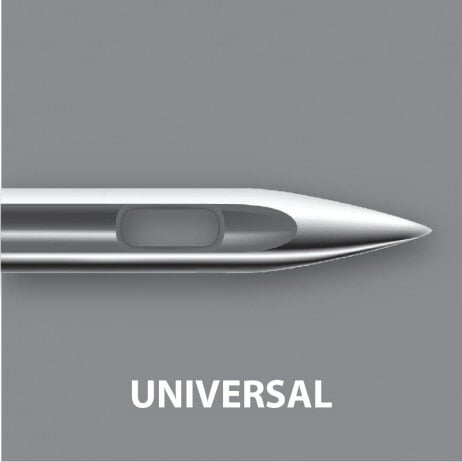
Choosing the Correct Size and Type for Your Fabric and Thread
Sewing isn’t a one-size-fits-all activity, and neither are sewing machine needles. Selecting the right needle for your fabric and thread is crucial to the success of your project. Let’s break it down:
-
Needle Sizes
-
Needle sizes range from finer needles like 60/8 for lightweight fabrics to heavier sizes like 110/18 for thick materials.
-
Use smaller needles for delicate fabrics like silk or chiffon, and larger needles for denim or upholstery fabric.
-
-
Needle Types
-
Universal Needles: Versatile and suitable for woven and knit fabrics.
-
Ballpoint Needles: Designed for knit fabrics to avoid snagging and pulling.
-
Sharp/Microtex Needles: Perfect for finely woven fabrics and precision stitching.
-
Jeans/Denim Needles: Strong and sharp for thick, dense fabrics.
-
Stretch Needles: Ideal for elastic and stretchy fabrics to prevent skipped stitches.
-
Embroidery and Quilting Needles: Specialized tips for decorative stitching and piecing.
-
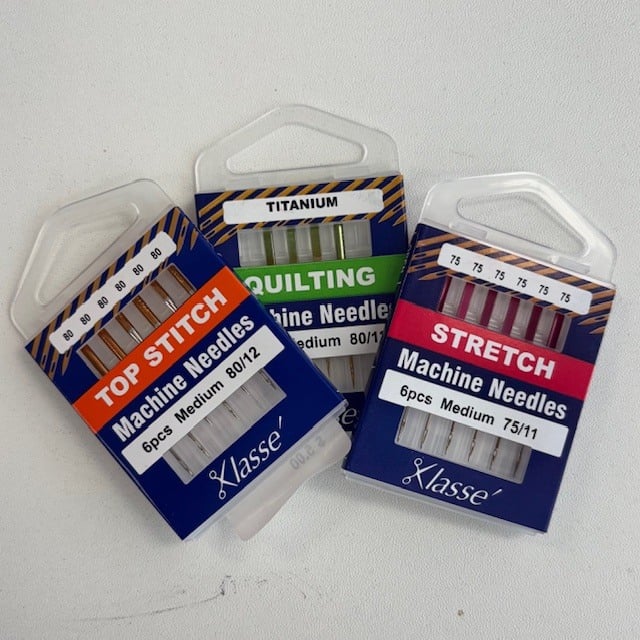
Always check your fabric and thread requirements before starting. Using the correct needle ensures smoother sewing, reduces thread breakage, and protects your fabric from unnecessary damage.
Problems Associated with a Bad Needle
Using a worn or incorrect needle can lead to a host of frustrating issues, including:
-
Skipped Stitches
-
This happens when the needle fails to properly pick up the bobbin thread. A dull or damaged needle is often the culprit.
-
-
Fabric Snags or Puckering
-
A burr or bent needle can pull threads in your fabric, leaving unsightly snags or puckering.
-
-
Thread Breakage
-
If the needle’s eye is too small for the thread or the tip is damaged, you may find your thread snapping frequently.
-
-
Machine Jamming or Noise
-
A bent needle can cause your machine to make unusual sounds or even jam, leading to costly repairs.
-
-
Uneven Stitches
-
A dull needle may struggle to pierce the fabric evenly, resulting in inconsistent stitch lengths.
-
By addressing these issues, you can save yourself countless headaches and keep your projects running smoothly.
Final Thoughts
The sewing machine needle may be small, but its impact on your work is mighty. By choosing the right size and type for your fabric, replacing your needle regularly, and staying alert to signs of wear, you’ll set yourself up for success. A perfect stitch starts with the perfect needle.
Next time you sit down at your sewing machine, ask yourself: is your needle ready for the task? Your fabric, thread, and creativity deserve nothing less than the best. Happy sewing!

 By
By
